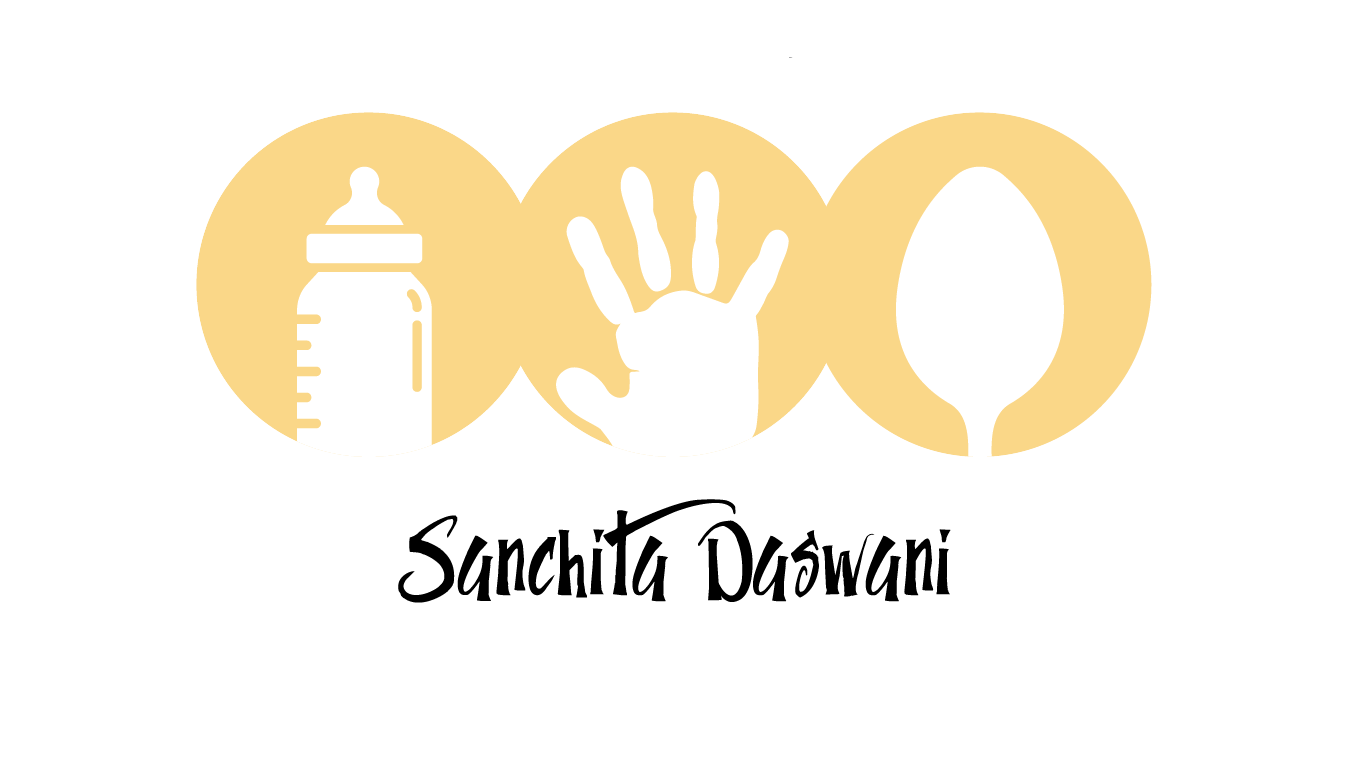Feeding Your Baby: A Handbook for the Ideal Baby Feeding Plan at Six and Ten Months
Your baby's dietary demands change as they develop. To guarantee your kid is getting all the required nutrients for normal development, you must know what and when to feed them. A well-organized feeding plan not only makes your infant content but also lays lifetime good eating patterns. Let's investigate a 10 month old baby food schedule and an ideal baby feeding schedule to understand how to provide a balanced and fun experience for your little one and you.
Clarifying the 6 Month Baby Feeding Plan
Usually at six months, your child is ready to begin eating solid foods along with breast milk or formula. Remember that at this level the introduction to solid food is mainly about exploration—learning new flavours, textures, and feeding techniques. Here is a baby feeding schedule 6 months
● Starting the day with consistent breast milk or formula feeding will help.
● Offer a little bit of pureed fruits like bananas or apples or single-grain cereals mixed with breast milk or formula in mid-morning.
● Keep using breast milk or formula and top with a little serving of pureed veggies like sweet potatoes or carrots.
● Offer a mashed fruit like pear or avocado in an afternoon snack then another milk feed.
● Continue with breast milk or formula and add fresh, pureed veggies or single-grain cereals.
● The last milk feed to balance the day is Bedtime.
Turning now toward a 10 Month Old Baby Food Plan
Your baby probably eats a range of pureed and mashed foods by the time they are ten months old, and you can also introduce some soft finger foods. Three major meals and snacks included in a well-organized 10 month old baby's eating schedule balance the ongoing consumption of breast milk or formula. Here is a draft calendar:
● Start the day with breast milk or formula, then follow with soft finger meals like thin butter-spread banana bits or toast strips.
● Present little bits of soft fruit, such as mango or pears, along with breast milk or formula in the middle of the morning.
● Your baby's diet can include scrambled eggs, little pasta bits, or diced or mashed veggies as well as. Afterwards, keep on either breast milk or formula.
● At this point, yoghurt or a soft cheese snack fits nicely along with fresh fruit or small bits of whole wheat bread.
● Mixed with vegetables or soft rice, a range of mashed or finely chopped proteins—such as chicken or tofu—helps balance their nutritional demands for the day.
● Finish the day with another breast milk or formula feeding to certain your baby is full before bed.
Changing Schedules Over Time
Your baby's feeding plan will change from mostly milk to a mix of solid foods and milk as they develop. Six months from now, breast milk or formula will still be the main source of calories. Still, by ten months solid foods will start to take the front stage in their diet. Emphasizing diversity and balance throughout this change can help you to provide a range of fruits, vegetables, grains, and proteins to encourage good development.
Conclusion
Every baby is unique, hence even while the 10 month old baby food schedule and the baby feeding schedule for 6 months shown here offer a good basis, it's important to learn to read your baby's indications and preferences. Recall that these are flexible timetables and that the daily demands of your infant could differ. By using a varied diet and a disciplined feeding schedule, you are building the foundation for a good connection with food that will help your child for years to go.
Sanchita Daswani provides thorough tools, like her Solids Made Simple Course, to help parents in this fascinating stage of their baby's development for professional advice on introducing solids and designing a balanced infant feeding schedule.

